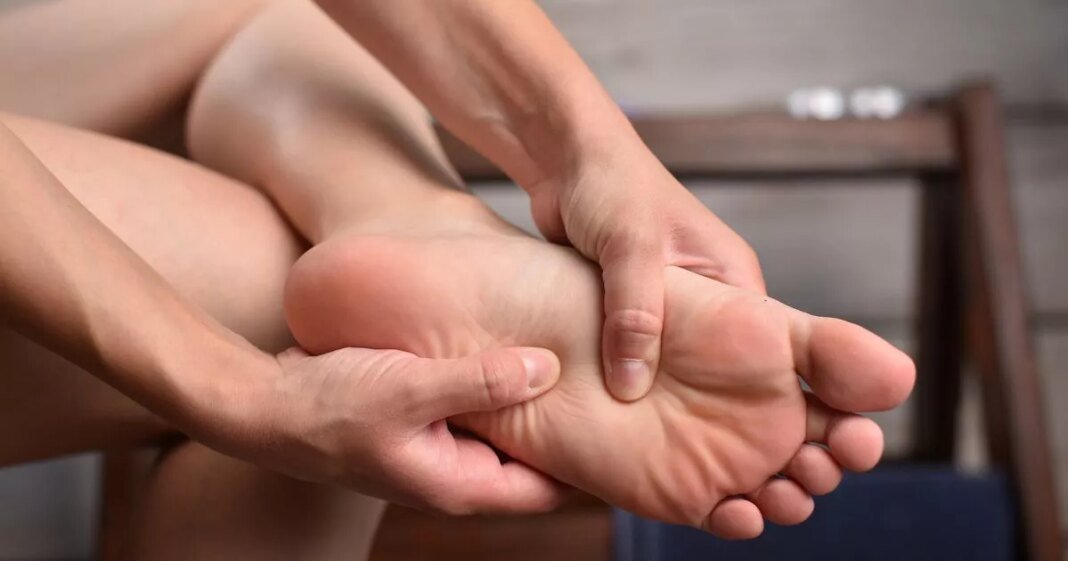This Morning star Josie Gibson recently revealed she has been diagnosed with gout after blaming “all the champagne” while filming her latest TV show.
Gout, a form of inflammatory arthritis caused by high levels of uric acid in the blood, is often associated with decadent or protein-heavy foods. However, even some so-called “healthy” or everyday items could be quietly contributing to those painful flare-ups.
Around 1.5million Brits are affected by gout, with symptoms leaving patients in severe discomfort. According to the UK Gout Society, in more than half of cases a joint in the big toe is the first joint to be affected, with up to 10 percent of people having gout in more than one joint.
Brits were warned in 2022 that cases of Victorian illnesses had hit a five-year high, according to the Mail. Figures from the NHS revealed that patients in England were diagnosed with one of 13 Victorian diseases when admitted to hospital on 421,370 occasions in the year to March 2022, the Mirror exclusively reported.
Here, we take a look at the four warning signs to look out for if you think you might have gout.
The main symptoms to look out for include: sudden severe pain in your joint (usually the big toe, hands, wrist, elbow or knees); hot skin; swollen joints; and redness over the affected joint.
Dr Alastair Dickson, a GP and trustee of the UK Gout Society, said many in the medical profession still believe it’s a condition caused by overconsumption, but warned there is still a lack of awareness of the illness.
“There’s a lack of awareness that it is inherently a genetic disease,” he told the Mail.
If the joint pain is accompanied with hot, swollen and red skin, it might be time to head to the GP. The NHS urges patients to keep the area cool using an ice pack or frozen peas wrapped in a towel for 20 minutes at a time.
This can help with the pain and the inflammation around the joint. They also warned people to avoid putting pressure on the joint or skin as it can make it worse.
Although this isn’t the most common symptom, the pain can be accompanied by a high temperature which the NHS urge is a warning sign to head to the hospital or call 111 for advice.
If the high temperature is accompanied by feeling hot and shivery, this is also a sign the gout needs treating as soon as possible. Untreated, it can last up to two weeks with future attacks lasting even longer.
Attacks of gout are usually treated with non-steroidal anti-inflammatory (NSAID) such as ibuprofen. However, if the pain continues, you may be prescribed steroids as tablets or an injection.
To prevent coming back, you shouldn’t eat offal, such as kidneys or liver, or seafood, or have lots of sugary drinks and snacks.
Fatty foods should also be avoided and you shouldn’t drink more than 14 units of alcohol a week, and spread your drinking over three or more days if you drink as much as this.
If you experience symptoms, it is important to see a doctor as soon as possible for proper diagnosis and treatment.
At Reach and across our entities we and our partners use information collected through cookies and other identifiers from your device to improve experience on our site, analyse how it is used and to show personalised advertising. You can opt out of the sale or sharing of your data, at any time clicking the “Do Not Sell or Share my Data” button at the bottom of the webpage. Please note that your preferences are browser specific. Use of our website and any of our services represents your acceptance of the use of cookies and consent to the practices described in our Privacy Notice and Cookie Notice.



